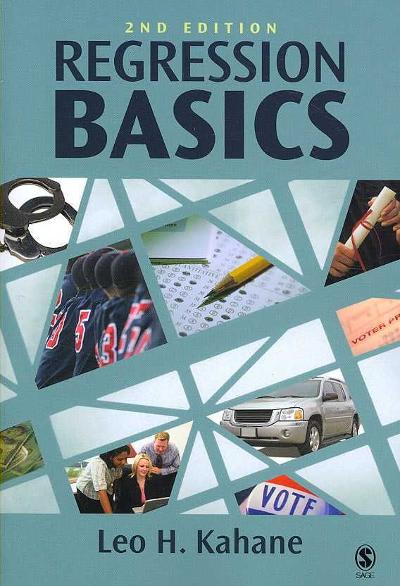Question
Describe the antecedent influences on Gestalt psychology. The basis for the Gestalt school of thought was based on German philosopher, Immanuel Kant who purported that
Describe the antecedent influences on Gestalt psychology.
The basis for the Gestalt school of thought was based on German philosopher, Immanuel Kant who purported that what we can see and perceive are "objects" that the brain categorizes these bits and pieces of information (Shultz & Shultz, 2017, p. 265).
The antecedents or rather the antithesis from which Gestalt psychology was derived from was to disprove the Wundt theory of sensory, as the major basis for perception (Shultz & Shultz, 2017, p. 264). Watson and Skinner contributed to the school of Gestaltian psychology by analyzing the stimulus and response of behaviors. E.C. Tolman also contributed to the idea of the mind having a "map" that filters and intersects data from stimulus to response (Psychology IResearchNet, 2016).
2.) What is the phi phenomenon? How is it produced? Why couldn't the phi phenomenon be explained by Wundt's psychology?
The phi phenomenon is what we have come to know as an optical illusion, and it makes us believe that fixed images are moving when they are not. This is produced by manipulating time intervals by milliseconds (Sabater, 2021 and Shultz & Shultz, 2017, p. 267).
This phenomenon could not be explained by Wundtian psychology because the focus of that school of that was that sensory predicated perception where as Gestalt psychology believed that perception goes beyond sensory elements and is also influenced by our motivations and expectations of the world around us (Cherry, 2022 and Shultz & Shultz, 2017, p. 265-267).
3.) Describe some of the principles of perceptual organization.
Some of the principles of perceptual organization are proximity, continuity, similarity, closure, simplicity, and figure/ground.
Proximity is when parts are close together in time and space and appear to belong together and therefore perceived to be together. Continuity is when perceptions follow a direction which seeks to connect the dots. Similarity is when parts tend to be seen together as forming a group. Closure in when there is a tendency in our perception is to complete incomplete figures, to fill the gaps. Simplicity in which we tend to see a figure as being as good as possible under certain specific stimulus conditions and finally, the figure/ground in which we tend to organize perceptions into the object being looked at in the figure space and the background against within which it appears (Shultz & Shultz, 2017, p. 274-275).
References
Cherry, K. (2022, November 8). What is the gestalt approach in psychology? Verywell Mind. Retrieved November 8, 2023, from https://www.verywellmind.com/what-is-gestalt-psychology-2795808
Psychology IResearchNet. (2016, January 2). Behaviorism vs. gestalt psychology - history of psychology - iresearchnet. Retrieved November 27, 2023, from https://psychology.iresearchnet.com/history-of-psychology/after-world-war-2/behaviorism-vs-gestalt-psychology/
Sabater, V. (2021, March 5). The phi phenomenon: The optical illusion your brain creates. Exploring your mind. Retrieved November 28, 2023, from https://exploringyourmind.com/the-phi-phenomenon-the-optical-illusion-your-brain-creates/
Schultz, D. P., & Schultz, S. E. (2017). History of modern psychology (11th ed.). Cenage Learning.
Step by Step Solution
There are 3 Steps involved in it
Step: 1

Get Instant Access to Expert-Tailored Solutions
See step-by-step solutions with expert insights and AI powered tools for academic success
Step: 2

Step: 3

Ace Your Homework with AI
Get the answers you need in no time with our AI-driven, step-by-step assistance
Get Started


